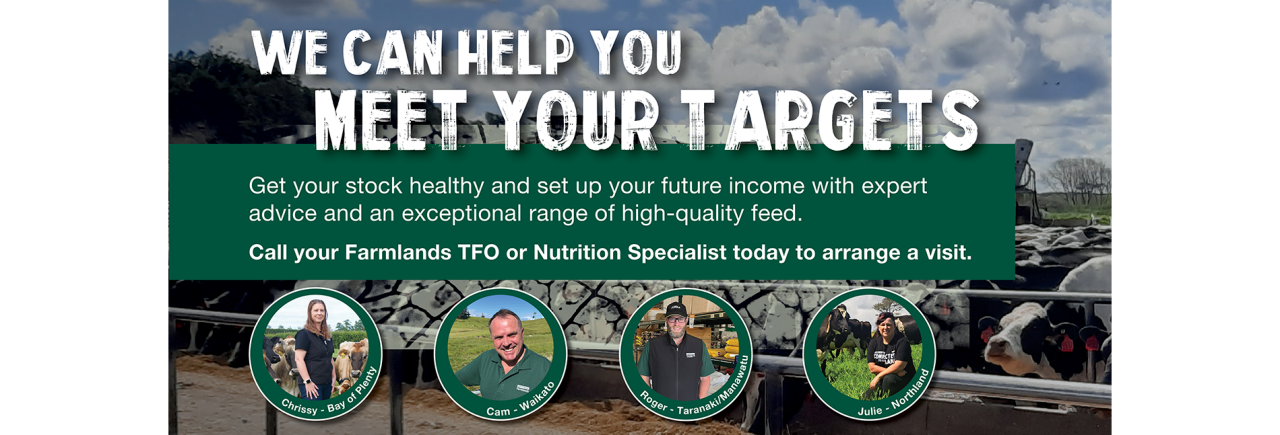

Precision Nutrition
Words by Dr Rob Derrick
Anybody who has toured a large feed mill and a modern blend site in New Zealand will know that apart from feed mills being on more levels, having more sealed silos than open feed bunkers, and having more complex processing, mixing and pressing equipment, the major difference is the number of staff about. Labour is expensive, especially when seasonal demand creates big peaks and troughs. Commercial farmers with large, predominantly one-system operations that are used to having low staff levels may see this as an inefficiency and reminiscent of a bygone age. In reality, feed mills have a high fixed cost and I learnt very early on that diversification is the key to making a feed mill viable in NZ if intended for mostly ruminant feed production.
Catering for the lifestyle market by making poultry, pig and equine feeds, which have a lot flatter demand profile than our predominantly spring calving or lambing ruminant sectors, increases both the efficiency and resilience of feed milling operations and ultimately lowers the price per tonne. Having more operators gives feed mills a big advantage over blend sites - the ability to customise feed to a far greater degree. History both internationally and locally has shown that blend sites trying to run a low cost operation come unstuck when trying to meet the bespoke requirements of many dairy farmers. So, whilst blends are a great way to blend straights and add a standard mix of major minerals or additives, they really have to charge a premium for any more complexity, which quickly erodes their cost advantage. If you want a feed solution which best meets the needs of your livestock at any particular time, compound feed formed into pellets offers some advantages.
Sustainability from a performance, profitability and environmental perspective is most likely going to require higher precision going forward. Whilst there are regional trends with respect to e.g. mineral requirement, supply and availability can vary greatly at a farm level. For example, the potassium level in a diet can affect the availability of magnesium and antagonists can affect the availability of copper and its effectiveness within animals. What works for one farm can create wasteful excesses and even toxicities on another. Additives to help control mycotoxins are only worthwhile if the diet contains toxins. Increasingly milk and meat processors are looking at additives to reduce methane production, which they will encourage their suppliers to use, but until all farmers are rewarded for reducing methane they won’t have universal appeal. The operators in a feed mill are used to formulation complexity and can deliver additives precisely locked into the pellets and without angst.
Every season seems to present new opportunities and challenges compared to previous years. Compound feed mills can also sustain a higher level of personnel in the field. The cost of Nutrition Specialists trained to understand the needs of performance animals within a region that also support calf and small ruminant animal needs are spread over a wider market both geographically and seasonally. Test the knowledge of your local Nutrition Specialists and if you favour us with your business the results may surprise you.

